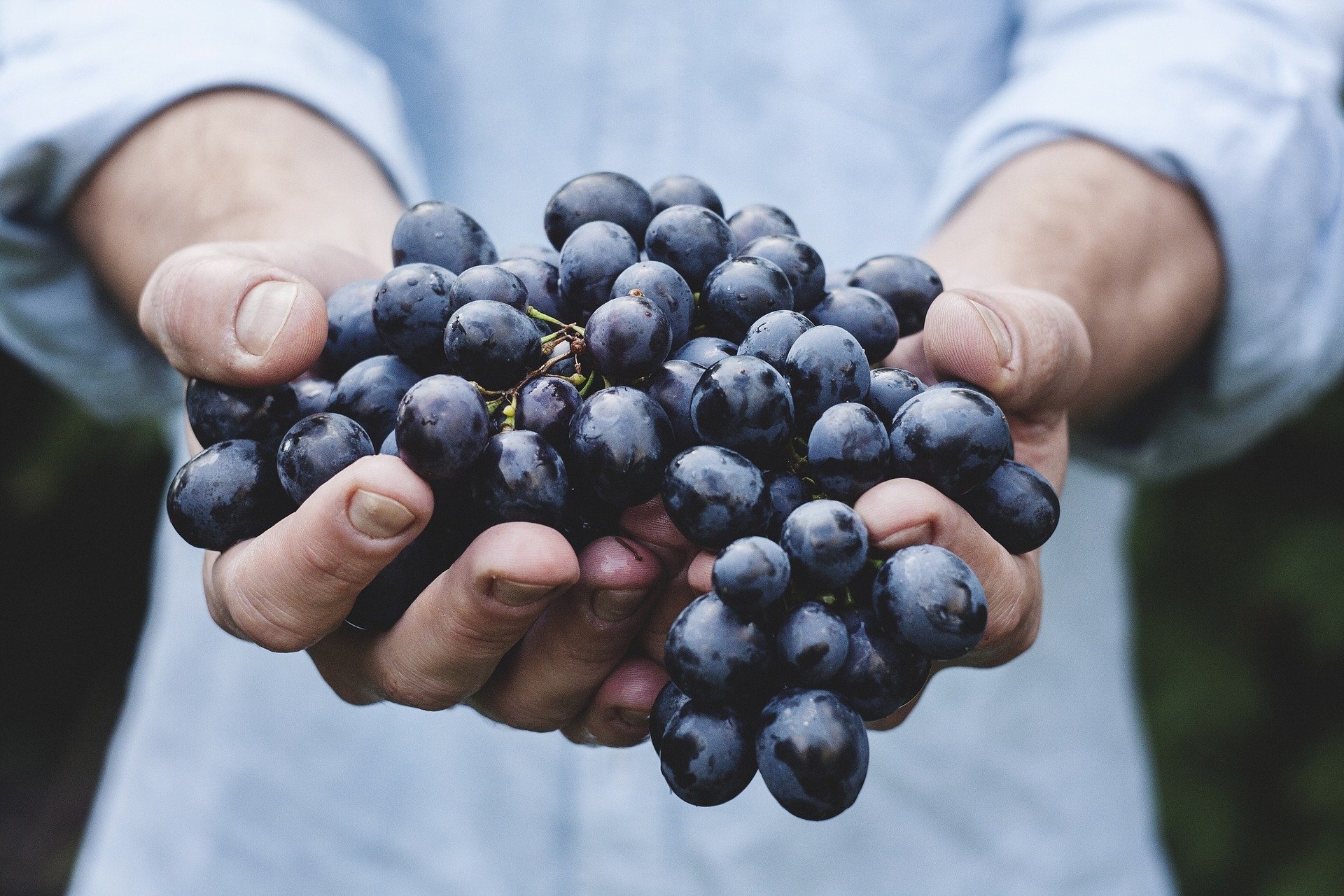

Shipments of Chilean grapes are steady despite continuing logistics challenges
Supplies of Chilean grapes are steady and getting stronger by the day.


Supplies of Chilean grapes are steady and getting stronger by the day.
Supplies of Chilean grapes are steady and getting stronger by the day.
According to the Chilean Fresh Fruit Association, the global export estimate for Chilean grapes is 693,707 tons, an increase of 29 percent over the 536,448 tons exported during the 2020-21 season, a season that was impacted heavily by unexpected summer rains. As of Week 5, Chile has exported 74,820 tons globally, a decrease of 15.8 percent from the 88,836 tons exported through the same week last season. Of the total volume exported season to date, 59,555 tons (79.6 percent) have been shipped to North America. This is the equivalent of 7,262,786 boxes.
“The anticipated higher volume of exports is driven primarily by the increase in new varieties by more than 73.5 percent in relation to the 2019-2020 season and by more than 49.1 percent when compared to the shipments of the 2020-21 season,” says Karen Brux, managing director of the Chilean Fresh Fruit Association.
Varietal updates
As of Week 5, table grape harvests continued as per usual focusing on varieties such as Timco, Allison and Autumn Royal from the Atacama to Coquimbo regions, with nearly 20 percent of the volume still pending to be harvested in this area. “In the Valparaíso and O’Higgins regions, the harvest is already in full swing, with the main harvested varieties being Sugraone, Sable Seedless/Sugrasixteen and Queen Rose, yielding good volumes of optimal quality,” says Brux.
Over the next few weeks, volumes will continue to ramp up significantly. “We anticipate a peak in white seedless grape shipments around Week 8 and red and black seedless around Week 12,” says Brux, noting promotions are underway now and will continue through April.
While demand continues growing for Chilean grapes in both Europe and Asia, North America is still by far the target market for this commodity. During the 2020-21 season, Chile exported 51.4 percent of grapes to North America with 25.9 percent to East Asia and 13 percent to Europe. And there’s room for growth in demand. “In 2020, per capita consumption of bananas in the U.S. was 27.22 pounds and 16.18 pounds for apples,” says Brux. “Grapes were just 8.2 pounds, so with the right varieties and strong retail and consumer marketing, there are opportunities to increase consumption.”
Moving towards new varieties
To help feed that demand, Chile continues its research and development of new grape varieties. “During the 2021-22 season, shipments of new varieties are expected to reach 35 million boxes, followed by traditional varieties with 32 million boxes, and Red Globe with a little more than 17 million boxes,” says Brux. “Although there are still traditional varieties such as Red Globe, our statistics show a continuous decline in their export volume.” She points to the fact that 10 years ago, Chile exported more than 27 million boxes of Red Globe grapes. That’s 10 million more than what is anticipated this season.
Meanwhile, the USDA’s Animal and Plant Health Inspection Service (APHIS) has recently published a pest risk assessment of a long-awaited systems approach for Chilean table grape imports, a decision that would greatly improve Chile’s market access. As it waits on public comments on this proposal (with a March 29 deadline), approval would mean that Chilean table grape exporters would no longer be required to use methyl bromide fumigation on fruit sent to the U.S. “This would result in higher fruit quality and lower costs,” says Brux.
She does note that this season the biggest challenge for Chilean grapes is logistics and getting high-quality fruit onto retail shelves.


Suscríbete y recibe en tu correo información fresca del mercado logístico